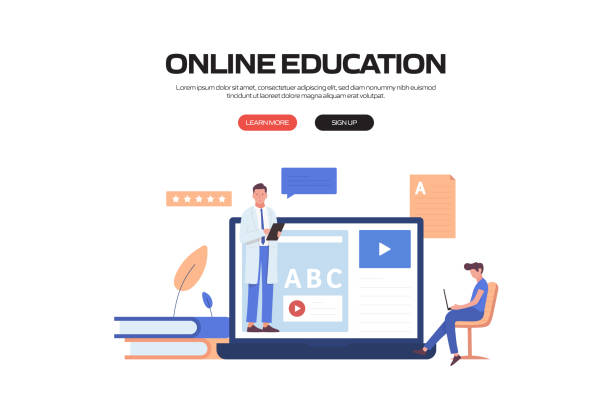Introduction and the Importance of Embarking on the Journey of Personal Website Design
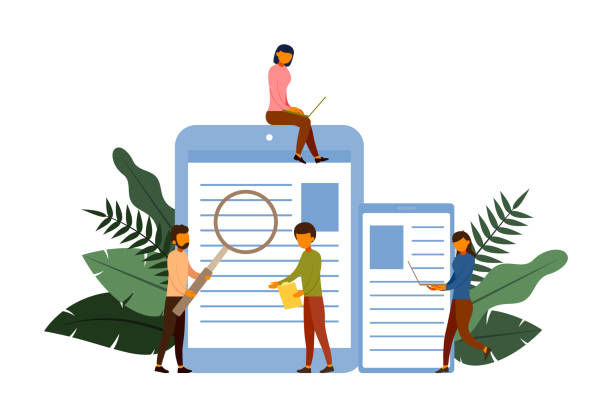
In the current age of information and communication, an online presence is no longer an option, but an undeniable necessity for individuals, professionals, and small businesses.
A personal website is not only a showcase of your abilities and achievements but also provides a platform for sharing your knowledge, experiences, and even selling your products or services.
This digital presence allows you to build your #personal_brand, gain #online_credibility, and connect with a wider audience worldwide.
Personal website design offers a unique opportunity to control your professional narrative, where you can tell your story as you wish, not as social networks or other platforms allow you.
This dedicated platform provides unprecedented flexibility and control over content, design, and user experience, which ultimately significantly helps solidify your position in the digital space.
The process of building a personal website can be increasingly simple or complex, depending on your needs and goals.
But the end result is always a unique space that belongs to you.
The importance of this issue is such that many potential employers and colleagues first look for your online presence to get acquainted with your background and capabilities.
Therefore, investing in a well-designed website is an investment in your professional future.
Does your current website inspire the trust that potential customers should have in your business? If the answer is no, it’s time to have your professional and impactful corporate website with Rasawb.
✅ Fully custom design tailored to your brand identity
✅ Increased lead generation and business credibility in the eyes of customers⚡ Contact us for a free consultation!
First Steps in Building a Personal Website: Planning and Goals
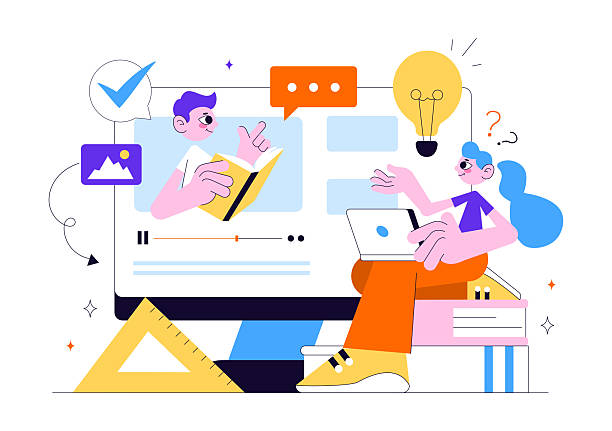
Before delving into the technical details of personal website design, it’s essential to solidify the foundation with a targeted approach and precise planning.
This section will be a crucial aspect of the educational content for you.
The first step is determining the main goal of your website.
Is the goal to showcase a portfolio? Do you intend to launch a blog to share your specialized knowledge? Or perhaps you are looking to create a small online store for your handmade products? Clarity in these goals not only helps you choose the right tools and platforms but also clarifies the path for design and content creation.
Understanding your target audience is equally important.
Who are you building this website for? Understanding the needs, interests, and interaction style of your audience will significantly influence the choice of content tone, visual design, and functional features of the website.
These initial steps form the core of a successful website.
Also, at this stage, you should think about the overall structure of your website: what pages do you need? (e.g., About Me, Contact Us, Portfolio, Blog) and how should these pages link to each other? Drawing an initial sitemap can be very helpful in organizing these thoughts.
Don’t forget that planning is a dynamic phase; as work progresses, it may need review and revision.
Success in personal website development depends more than anything on this initial planning, and not just on technical skills.
Choosing the Right Platform and Tools for Building a Personal Website
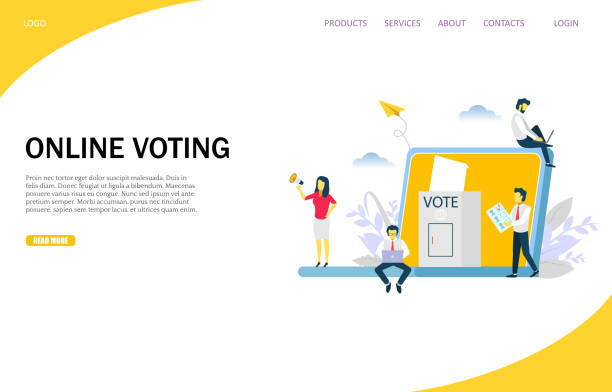
After initial planning, it’s time to choose the right tools for personal website design.
This stage is specialized, and your decisions will impact the future of your website.
There are two main approaches: using Content Management Systems (CMS) or coding from scratch.
For most people, especially those with little coding knowledge or who want to launch their website faster, CMSs are a better option.
The most popular CMSs include WordPress, Wix, Squarespace, and Joomla.
Each of these platforms has its unique features and capabilities.
WordPress, with its high flexibility, numerous plugins, and extensive user community, is suitable for many projects, but it may require some initial learning.
Platforms like Wix and Squarespace, with their Drag-and-Drop interface, simplify the design process and are ideal for users looking for a quick and easy solution.
Below is a comparative table of some of these platforms:
| Feature | WordPress (Self-Hosted) | Wix | Squarespace |
|---|---|---|---|
| Ease of Use | Medium to Advanced (requires learning) | Very Easy | Easy |
| Flexibility and Customization | Very High (with plugins and themes) | Medium | Medium to High (professional templates) |
| SEO Capability | Excellent (with specialized plugins) | Good | Good |
| Cost | Variable (hosting, domain, theme/plugin) | Monthly (with different plans) | Monthly (with different plans) |
Choosing a suitable domain name (e.g., your own name or brand) and reliable hosting are also key steps at this stage.
Good hosting ensures the speed and accessibility of your website.
Visual Design and User Experience (UX/UI) as the Cornerstone of Personal Website Design
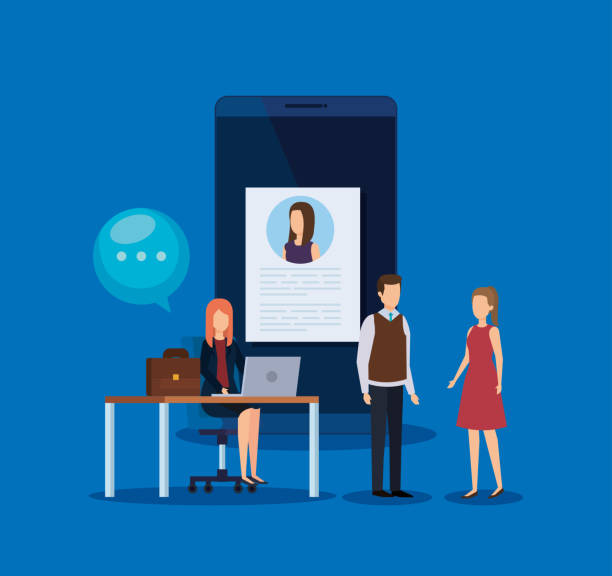
Once you have chosen your platform and hosting, it’s time for visual design and user experience (UX/UI), which is an explanatory and very important aspect of the personal website design process.
Your website’s appearance is the first thing visitors encounter, and it leaves an initial and lasting impression on them.
A beautiful and user-friendly design can make the difference between a user staying on or leaving your website.
Appropriate color schemes, readable fonts, balanced use of white space, and orderly arrangement of elements all contribute to improving the visual experience.
But design is not limited to beauty; user experience (UX) is vitally important.
Your website should be easy and intuitive for the user.
This means visitors should be able to easily find the information they need, use menus and buttons correctly, and navigate seamlessly through different pages.
Clear and logical navigation, fast page loading times, and website responsiveness (meaning adapting to different screen sizes, from desktop to mobile) are key factors in excellent UX.
Don’t forget that a large portion of internet traffic today comes from mobile devices, so responsive design is a necessity for your personal portal.
Focusing on the end-user, their questions, and how to meet their needs through your website forms the basis of a successful UX/UI design.
Ultimately, the better the user experience a visitor has, the higher the probability of their returning to your website and interacting more with your content.
Is your online sales not as you expected? With Rasawb, solve the problem of low sales and poor user experience forever!
✅ Increased visitor-to-customer conversion rate
✅ Creating an enjoyable user experience and increasing customer trust
⚡ Act now to receive a free consultation!
Content is King: Creating Value in Your Personal Portal
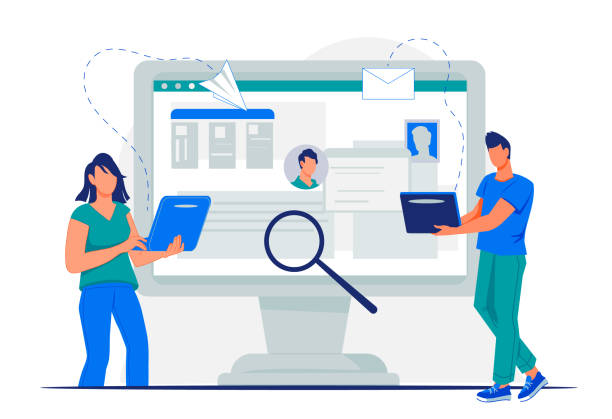
After implementing the infrastructure and visual design, it’s time to enthrone the king of your website: content.
This section has an educational and guidance nature, emphasizing the importance of producing valuable content for your personal website.
Your content should be engaging, relevant, and informative to encourage visitors to stay and explore further.
Types of content can include blog articles, portfolios, resumes, high-quality images, videos, and podcasts.
For example, if you are a graphic designer, your visual portfolio is the most important content, while for a writer, blog articles play a vital role.
The quality of content is more important than its quantity; it’s better to have a few excellent and precise articles than many superficial ones.
Also, your content should be regularly updated to keep your website alive and dynamic and to signal search engines that you have fresh and relevant content.
When writing text, use a tone appropriate to your personality and audience.
Try to produce content that answers audience questions or solves a problem for them.
Using high-quality images and videos can also add to the visual appeal of your textual content and make it more readable.
Remember that unique and valuable content not only attracts visitors but also helps increase your credibility as an expert in your field.
This is a long-term investment in the success of your personal portal.
Search Engine Optimization (SEO) for Increasing Your Personal Website’s Traffic
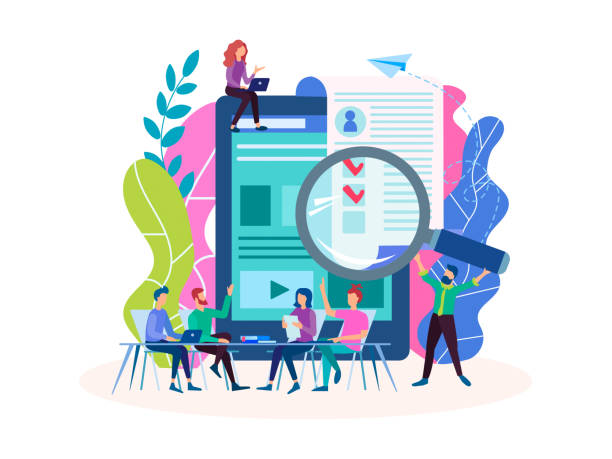
Perhaps one of the most important aspects of a successful personal website is its visibility in search engines.
This is where Search Engine Optimization (SEO) comes into play.
This is a specialized and educational topic that ensures your efforts in personal website design are fruitful.
The main goal of SEO is to improve your website’s ranking in search results for keywords related to your field of activity.
The first step is keyword research.
What phrases do your target audience enter into search engines? Using tools like Google Keyword Planner or Ahrefs can be helpful in this regard.
After identifying keywords, you should naturally and logically incorporate them into your page titles, subheadings, main text, meta descriptions, and URLs.
Your meta descriptions and page titles should be attractive and compelling to encourage users to click.
Website loading speed is another important SEO factor; the faster your website loads, the better user experience it provides, and search engines will rank it higher.
Ensure that your website is optimized for mobile and is responsive, as a large portion of searches today are done via mobile phones.
Building high-quality backlinks (links from other reputable websites to your website) can also help increase your domain authority and ultimately lead to better rankings.
Continuous optimization and monitoring of website performance using tools like Google Analytics and Google Search Console are essential for a successful personal site.
Personal Website Security and Maintenance: Sustainability in the Online Space

Security and maintenance are crucial aspects for the stability and success of any personal website.
This section has a news and technical nature, as news related to cyberattacks and vulnerabilities is constantly being updated.
An insecure personal website can not only harm your data but also damage your reputation or even be exploited as a tool for malware distribution.
The first step is installing an SSL certificate, which encrypts communications between the user’s browser and your server and indicates that your website is secure (by displaying HTTPS in the address).
SSL certificate is also important for SEO.
Regular updates of the Content Management System (CMS), themes, and plugins are another necessity.
Developers continuously release security patches that address discovered vulnerabilities.
Ignoring these updates can leave your website vulnerable to attacks.
Regular backups of the website are also vital; in case of any issue or attack, you can quickly restore your website to its previous state.
Using strong and unique passwords, and enabling Two-Factor Authentication (if possible), provides another layer of security.
Finally, monitoring suspicious activities and using security plugins can help identify and counter threats.
Proper maintenance ensures the smooth operation and accessibility of your website in the long run.
Below is a checklist table for security and maintenance:
| Action | Description | Frequency |
|---|---|---|
| Install SSL Certificate | Encrypt communications and enable HTTPS | Once (and renew annually/quarterly) |
| Update CMS, Themes, and Plugins | Apply security patches and improve performance | As soon as updates are released |
| Regular Backups | Store a copy of website data in a secure location | Weekly or Monthly (depending on changes) |
| Use Strong Passwords | Use a combination of letters, numbers, and symbols | When creating accounts |
| Enable 2FA | Add a second security layer for login | Once |
| Monitor Activities | Review security logs and unusual traffic | Daily or Weekly |
Marketing and Promotion of Personal Website: Visibility in the Sea of the Internet
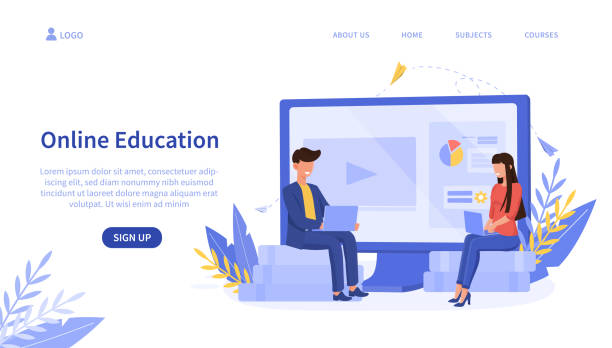
Building a great personal website is only half the battle; for your website to be seen and achieve its goals, it needs marketing and promotion.
This section is instructive and entertaining, as there are many creative ways to attract an audience.
Digital marketing includes several channels you can use to increase traffic to your personal site.
Social media networks are one of the most powerful tools.
Place your website link in your LinkedIn, Instagram, Twitter profiles, or any platform where your audience is active.
Share engaging content from your website and encourage users to visit the site.
Email marketing is also a very effective way to maintain communication with your audience and direct them to your website.
Build your email list by providing exclusive content or regular newsletters.
Participating in online forums and groups related to your specialized field and offering help and advice can assist you in building credibility and introducing your personal portal.
Also, guest posting on other blogs or collaborating with other professionals in your field can bring referral traffic to your website.
Holding webinars or online workshops also provides good opportunities to introduce your website and connect with your audience.
Remember that marketing is a continuous process and requires creativity and patience.
By implementing diverse marketing strategies, you can ensure that your personal website reaches people who are interested in it.
Are you dissatisfied with your e-commerce site’s low sales?
Rasawb is your solution for having a professional and high-selling e-commerce site.
✅ Significant increase in sales and revenue
✅ Easy and enjoyable shopping experience for customers
⚡ Get a free consultation from Rasawb now!
Challenges and Solutions in the Path of Creating a Personal Website
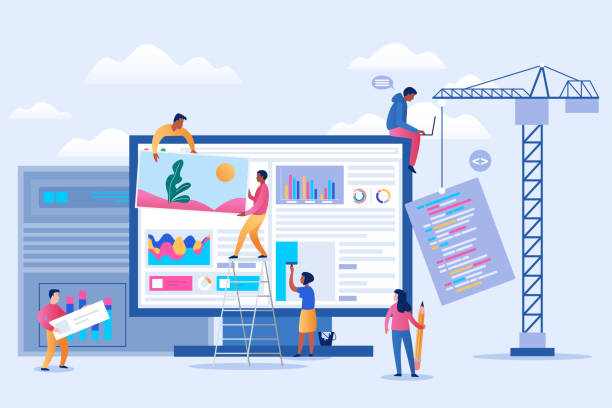
Building and managing a personal website, while very valuable, is not without its challenges.
This section, with an inquiry-based and analytical approach, examines some common problems and provides practical solutions.
One of the most common challenges is maintaining motivation and discipline for regular content creation.
Many people start with enthusiasm but lose momentum after a while.
The solution is to set up a content calendar, define small and achievable goals, and you can even ask a colleague or friend to keep you accountable.
Another challenge is technical issues.
You might encounter server errors, theme problems, or plugin incompatibilities.
In such cases, seeking help from online resources (such as CMS documentation, support forums, or YouTube tutorials) or even hiring a specialist to resolve complex issues can be a solution.
The issue of online competition is also a big challenge; how do you get noticed among so many websites? Focusing on your specialized niche, producing deep and unique content, and investing in SEO can differentiate you from competitors.
Also, some individuals face financial issues.
Domain, hosting, and perhaps premium themes or plugins costs can add up.
Exploring free or low-cost options initially, and then upgrading the website as your business or needs grow, is a smart approach.
Finally, time management for personal website development alongside other commitments is a constant challenge.
Allocating specific times and sticking to them, even for short durations, can be very effective.
Remember that every challenge is an opportunity for learning and growth and an integral part of your journey to a successful personal website design.
The Future of Personal Website Design: Emerging Trends and Concluding Remarks
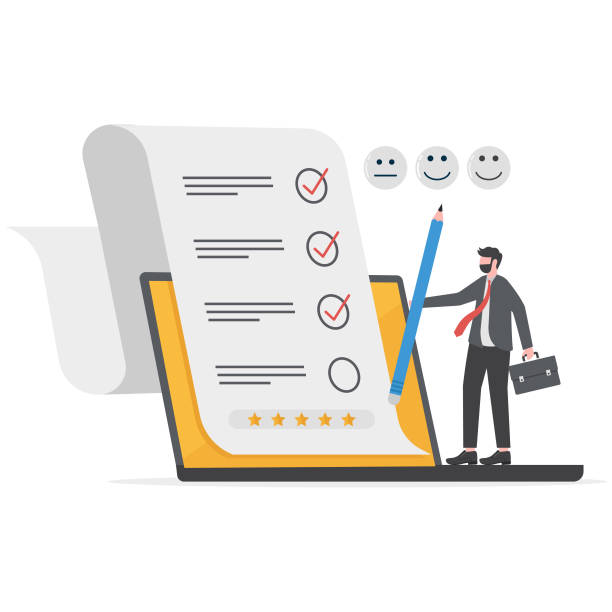
The world of personal website design is constantly evolving, and awareness of emerging trends can help you keep your personal portal up-to-date and competitive.
This section has an analytical and explanatory approach, offering a look at the future and concluding remarks for your personal site development.
One of the most important trends is a greater focus on speed and performance.
Users today expect websites to load instantly, so optimizing images, using a CDN (Content Delivery Network), and choosing high-speed hosting have become increasingly important.
Personalized user experience is also on the rise; websites that can offer content or suggestions based on previous user behavior will be more successful.
Of course, this might be less applicable for smaller-scale personal websites, but its concept – understanding and responding to visitor needs – is always key.
More advanced audio and video technologies, such as podcasts, webinars, and interactive videos, will play a more prominent role in content.
Cybersecurity will also always remain a major concern, and investing in security tools and awareness of the latest threats is essential.
Finally, remember that your personal website is a living project, not a finished one.
It requires continuous maintenance, content updates, and adaptation to changes in search algorithms and user expectations.
By following these tips and continuing to learn, your personal website can become a powerful tool for achieving your professional and personal goals and be fruitful for years to come.
This journey is a continuous journey of creativity and improvement.
Frequently Asked Questions
| Question | Answer |
|---|---|
| What is a personal website? | A personal website is an online platform that an individual creates to showcase their information, resume, portfolio, interests, or ideas. This website serves as a digital business card and a place for personal branding. |
| Why do I need a personal website? | Having a personal website helps you establish a professional online presence, showcase your skills and experiences, connect with your audience, find new job opportunities, and boost your personal credibility. |
| What content should I include on my personal website? | Common content includes: About Me page (biography, education, experiences), resume, portfolio (projects, articles, designs), blog (posts, insights), and contact information. |
| What are the essential steps to create a personal website? | Steps include: 1. Defining goal and audience 2. Choosing a domain name 3. Selecting hosting 4. Choosing a platform (e.g., WordPress or coding) 5. Designing and structuring 6. Content creation 7. SEO and optimization 8. Launch and maintenance. |
| Should I use a Website Builder or code it myself? | If you don’t have coding knowledge or are looking for a quick solution, website builders (like Wix, Squarespace) or CMSs (like WordPress) are good options. If you want full control and high flexibility and have technical knowledge, coding is the best way. |
| How important is design (appearance) for a personal website? | Website design is very important. A beautiful, user-friendly, and professional design ensures visitors have a good experience, stay longer on the site, and take your personal brand seriously. Poor design can have a negative impact. |
| What is Responsive Design and why is it important? | Responsive design means designing a website whose appearance and functionality automatically adapt to the screen size of the user’s device (desktop, tablet, mobile). This feature is crucial to ensure a good user experience across all devices. |
| How can I choose a good domain name for my personal website? | A domain name should be relevant to your identity (usually your first and last name), short and memorable, easy to pronounce, and avoid excessive numbers or hyphens. Common extensions like .com or .ir are usually preferred. |
| What is Web Hosting? | Web hosting is space on an internet-connected server that stores your website’s files (such as code, images, videos) and makes them available to users 24/7. Without hosting, your website will not be accessible. |
| How can I promote my personal website? | You can use social media, Search Engine Optimization (SEO), content marketing (blogging), sharing links in your email signature, and networking with others in your field to promote your website. |
And other services of Rasa Web Advertising Agency in the field of advertising
Smart Marketplace: A professional solution for increasing website traffic with a focus on precise audience targeting.
Smart Google Ads: An innovative service for increasing customer acquisition through the use of real data.
Smart Social Media: A creative platform for improving sales growth with precise audience targeting.
Smart Conversion Rate Optimization: A creative platform for improving sales growth with intelligent data analysis.
Smart Advertising Campaign: A professional solution for analyzing customer behavior with a focus on intelligent data analysis.
And over a hundred other services in the field of internet advertising, advertising consultation, and organizational solutions
Internet Advertising | Advertising Strategy | Advertorial
Resources
What is a Personal Website? (Webramz)Why Do We Need a Personal Website? (Virgool)Personal Website; A Powerful Tool (Media Ad)The Importance of Personal Branding and Website (Branding)
❓ To elevate your business in the digital space and reach the pinnacles of success, experience custom website design and comprehensive digital marketing services with Rasawb Afarin.
📍 Tehran, Mirdamad Street, next to Central Bank, Kazeroon Janubi Alley, Ramin Alley, No. 6

